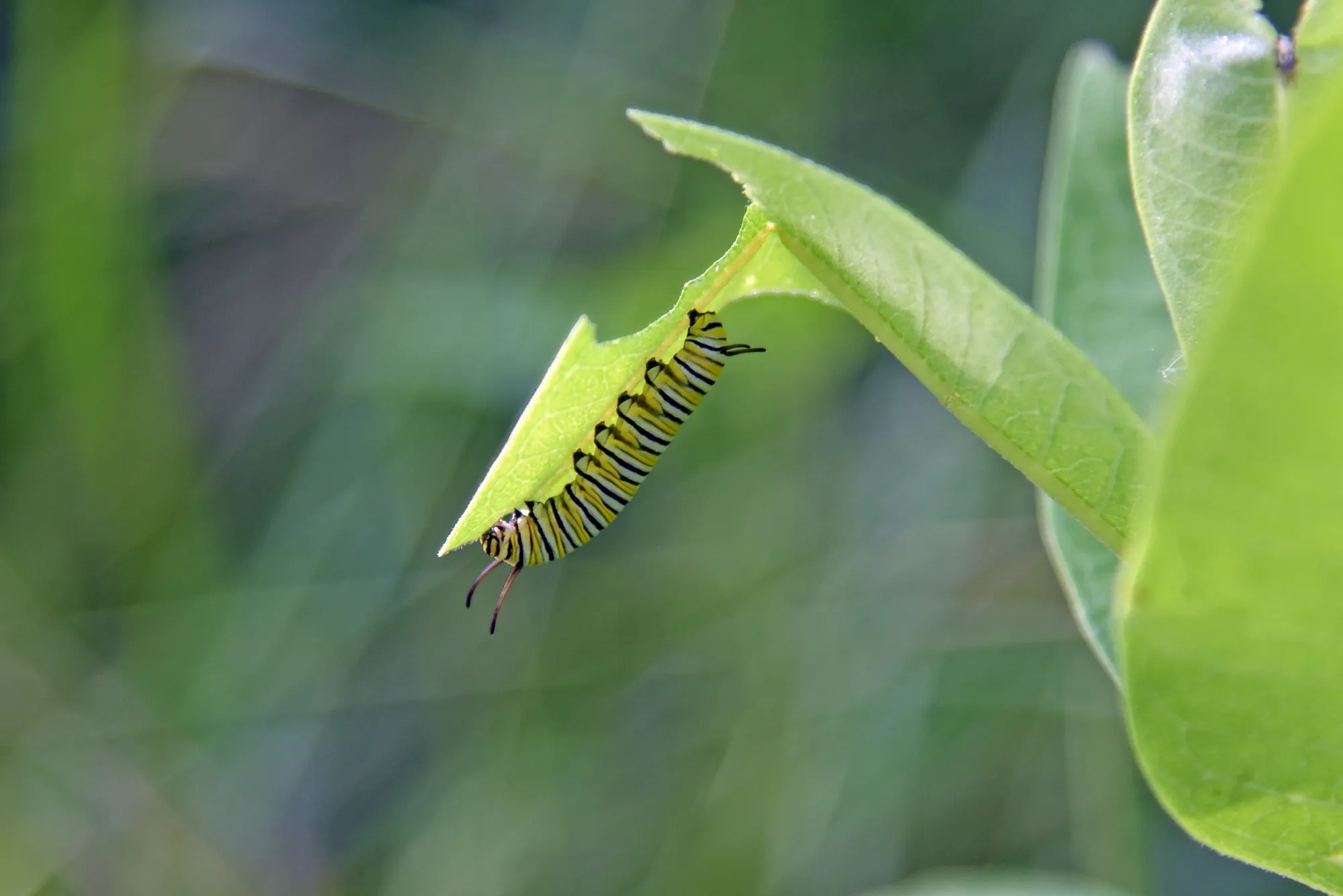Global wildlife populations have declined by an average of 69% since 1970, and an estimated 25% of species are threatened with extinction, including almost 40% of conifers, over a third of flowering plants, amphibians, sharks and rays, and more than a fifth of mammals.
This biodiversity crisis not only impacts wild species, but threatens human lives and livelihoods. For instance, the extinction of a third of the world’s tree species – as currently threatened – has recently been predicted to negatively affect billions of people through loss of livelihoods and benefits. In Europe, pollinators have been identified as a crucial group under threat, the loss of which could have severe impacts on food security and livelihoods.
To combat the global biodiversity crisis we need to first understand the diversity of life on Earth: how many species exist, where they are found, how they function and interact, and how they are responding to the multiple environmental pressures they face.
Despite centuries of research, an estimated 80% of the world’s multicellular species still await scientific discovery and description. Even when species have been described, telling them apart is often difficult, and knowledge of their biology, distributions, variability, inter-dependencies, and conservation status remains patchy and incomplete.
“Camila Mazzoni, BGE deputy director (Genome Sequencing stream) on the application of genomics for biodiversity protection and restoration”







